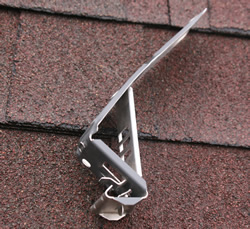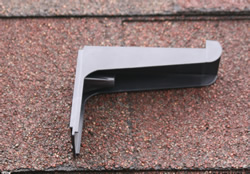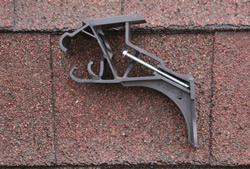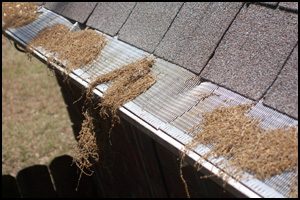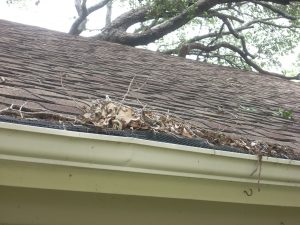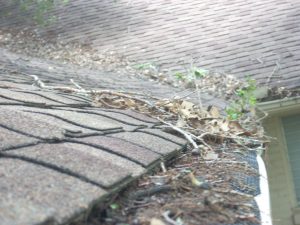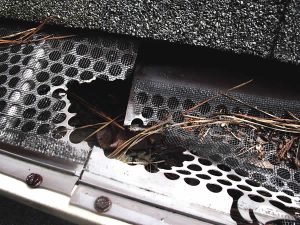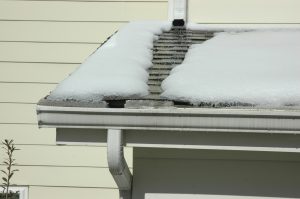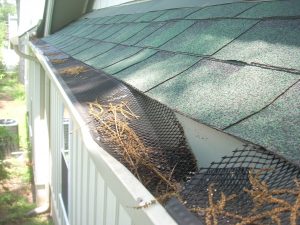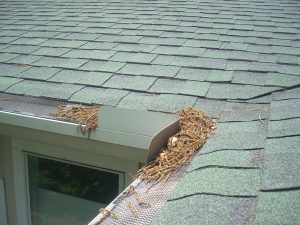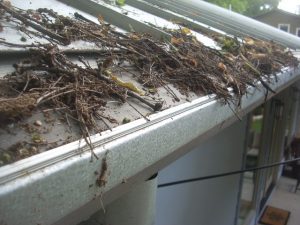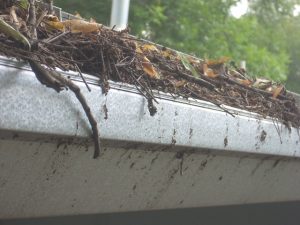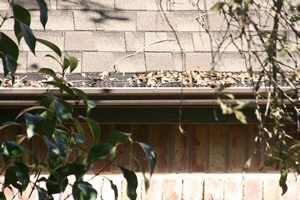 The 1st option is the self or professional installation of a filtered builder’s quality product, consisting of plastic or metal screen or mesh, or a combination of mesh with screen. The problem with these types of products are that they collect debris either on top or within the products themselves, and they can easily freeze over in cold climates or become clogged with fine pollen or soot that becomes hardened within the fine mesh. This will block the water from entering the gutter, causing run over. Most of the do-it-yourself plastic and or screen products can become brittle, crack, deteriorate, collect debris over time, or just pop out! These products are also completely dependent on the structural integrity of the gutter. If the gutters are week, it is like building a house on quicksand. Is this really a good solution? The vast majority of homeowners who have tried these methods agree that these are temporary at best and still require substantial periodic dangerous ladder work.
The 1st option is the self or professional installation of a filtered builder’s quality product, consisting of plastic or metal screen or mesh, or a combination of mesh with screen. The problem with these types of products are that they collect debris either on top or within the products themselves, and they can easily freeze over in cold climates or become clogged with fine pollen or soot that becomes hardened within the fine mesh. This will block the water from entering the gutter, causing run over. Most of the do-it-yourself plastic and or screen products can become brittle, crack, deteriorate, collect debris over time, or just pop out! These products are also completely dependent on the structural integrity of the gutter. If the gutters are week, it is like building a house on quicksand. Is this really a good solution? The vast majority of homeowners who have tried these methods agree that these are temporary at best and still require substantial periodic dangerous ladder work.
Warranties for these types of products will say that “your gutters will clog”. They are correct, they will not! However, the water will run over the front of the gutter which defeats the entire purpose of having gutters. “Very deceptive”

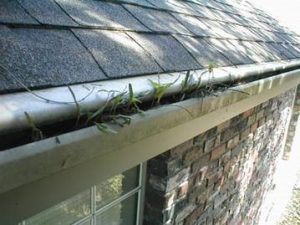
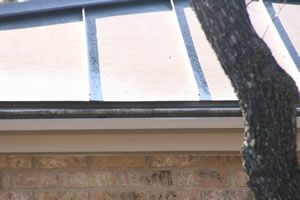
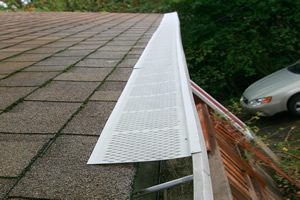
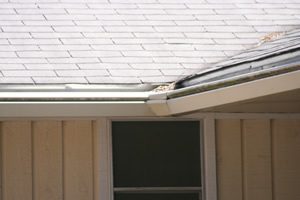
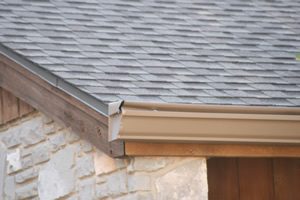
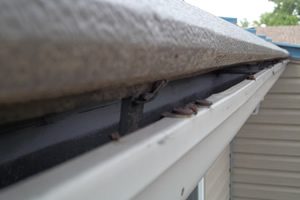
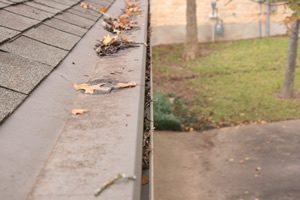
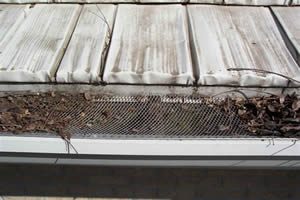
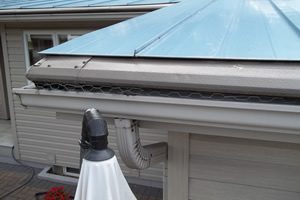
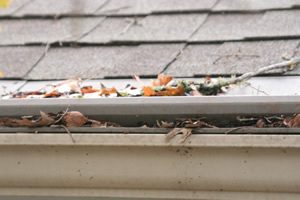
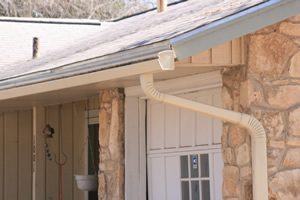
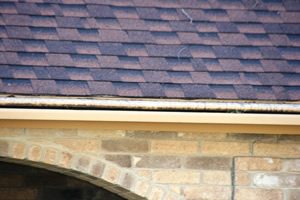
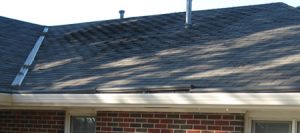
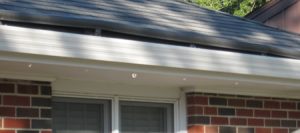
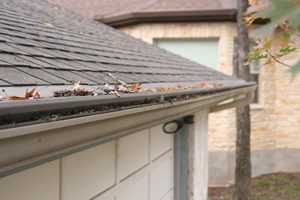 While some of these products have experienced tremendous success over the past 30 years, the problems lie in the installation methods, thin metal bracketing systems which are temperamental and prone to failure due to installer errors or shifting, plastic brackets which crack and become brittle, inferior paint not designed for direct sun and weather, and weak (defective) brackets that are totally dependent on the structural integrity of the gutter. Some extend past the roof line and others work below the roof line which affects the adhesive capability of the water and compromise the science on which these products were based. Because of these installation methods, these products are often misrepresented as helping to secure the gutters by placing more screws and holes through the back of the gutter, and in many cases when going over existing gutters, the contractor will screw the leaf protection directly into the roof which, at best, merely masks structural failures and prolongs the damage already being caused by failing gutter systems. The average house with gutters has over 70 holes punctured in the back wall of the gutter. To “shore up” those gutters and add leaf protection, another 25 to 50 holes will be punctured. That is 100 or more holes in your gutters. The “all-in-one hooded systems” which include the gutter with the hood, in many cases lacks the surface area to properly control the flow of water, and their nose level design can allow higher levels of debris to enter the gutter. These systems also puncture the gutter wall with a screw every 2 ft. with the average home having 70 + holes.
While some of these products have experienced tremendous success over the past 30 years, the problems lie in the installation methods, thin metal bracketing systems which are temperamental and prone to failure due to installer errors or shifting, plastic brackets which crack and become brittle, inferior paint not designed for direct sun and weather, and weak (defective) brackets that are totally dependent on the structural integrity of the gutter. Some extend past the roof line and others work below the roof line which affects the adhesive capability of the water and compromise the science on which these products were based. Because of these installation methods, these products are often misrepresented as helping to secure the gutters by placing more screws and holes through the back of the gutter, and in many cases when going over existing gutters, the contractor will screw the leaf protection directly into the roof which, at best, merely masks structural failures and prolongs the damage already being caused by failing gutter systems. The average house with gutters has over 70 holes punctured in the back wall of the gutter. To “shore up” those gutters and add leaf protection, another 25 to 50 holes will be punctured. That is 100 or more holes in your gutters. The “all-in-one hooded systems” which include the gutter with the hood, in many cases lacks the surface area to properly control the flow of water, and their nose level design can allow higher levels of debris to enter the gutter. These systems also puncture the gutter wall with a screw every 2 ft. with the average home having 70 + holes.